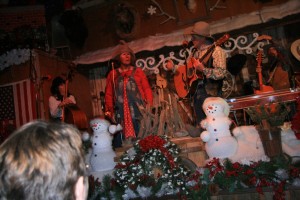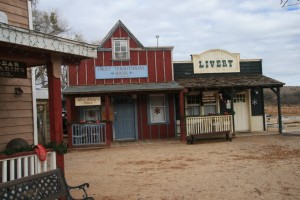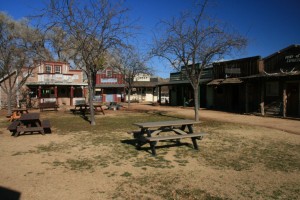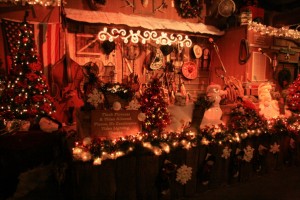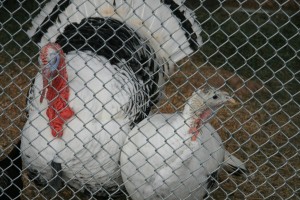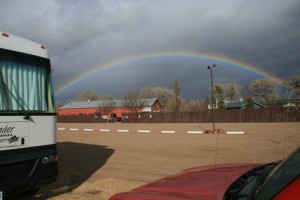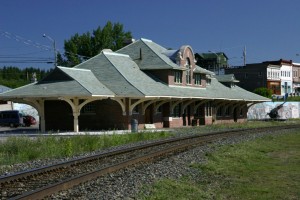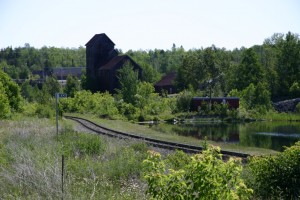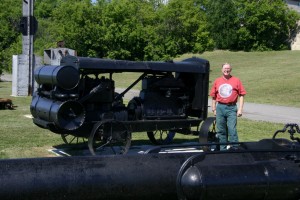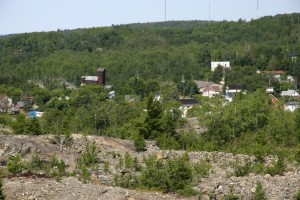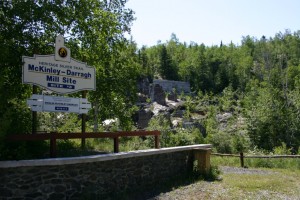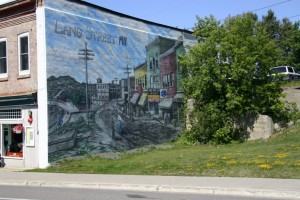Some communities wither and disappear when their principal industry goes awry. Battle Harbour is located on a small island on the east coast of Labrador. It’s position on the ocean gave access to the rich cod fishing grounds and in the mid 1700’s Slade & Co. of England set up a fish station on the island. Homes grew, school and church and gardens followed. This permanent station meant that fishermen did not have to make the long trips to England after the season was over.
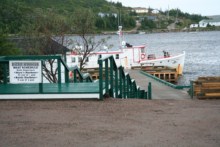
In the 1950’s their prosperity began to wane because of low prices for fish and decreasing fish stocks meant by the 1970’s that it was over. Men left to work at Goose Bay, and many other places and the general decline of the buildings began. The beautiful wooden Anglican church had slid to one side, and tilted, a collapsing memory of people’s hopes. Sheds buckled, and homes began to fail.
In 1990 the Battle Harbour Historic Trust company was formed to preserve the settlement before it was gone. This ghost town is well worth the effort it takes to get to see it. Certainly others have felt the same. The site is now a Historic District and National Historic Site of Canada.
To visit, arrive at St. Mary’s Harbour and hop on the ferry, the MV Iceberg Hunter which is operated by Jones Charters and Tours.
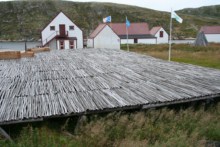
You will enjoy this last leg of the journey, especially if you haven’t navigated the shores of Labrador. The nearby shores of St. Lewis Strait still show the ravages of the glacier and their scant vegetation is stark evidence of the difficulty that plants have in establishing themselves in cold climates. Along the way you see abundant sea birds, and there is the possibility of whale sightings.
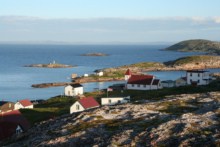
Your first view of Battle Harbour from the ferry reveals distant buildings perched on a rugged coast that make you wonder how the settlement survived for over 200 years. It looks so barren, yet strangely inviting. As you glide into the dock you know that there is going to be a lot to see. The waterfront is crammed with buildings, many of them part of the original buildings run by the companies. This area would have been a beehive of activity. Hundreds of boats would have been unloading supplies, off loading fish for processing, or loading fish ready for England. Up on the shore by the buildings would have been the largest flake on the coast. This is a platform made of wooden poles where each family placed their cleaned and salted fish for drying. It wasn’t as easy as placing them on the flake and coming back in a few days when they might be dried. To avoid spoilage they had to pick them up every night to keep off the dew, and pick them up if the weather threatened rain.
At one time more than 200 people had permanent homes here on the island and they made the place self sufficient in many ways. Barrel makers created the barrels needed for storage. Others fixed the nets, and carpenters did the many chores needed to build and maintain the buildings. During the fishing season the population could rise to 1000 or more. The Company bought the fish from the fishermen, who then purchased supplies from the Company. It’s unlikely that the fishermen ever got out of their debt to the Company. The words of Ernie Ford’s song, “I owe my soul to the company store,” could apply here as well.
One of the buildings visited is the Salt Store where ships unloaded salt by the ton and it was wheeled in wooden carts that could be dumped on the floor of the Salt Store and then shovelled into place. The building held 700 tons of salt and the salt soaking into the wood has helped preserve the building. Salt was delivered to small places along the coast, as well as being used on site. This museum has a variety of gadgets, scales, big ropes, and some of the 500 artefacts found in the settlement.
The Church of St. James the Apostle was built in 1852. It was in bad shape when the restorers turned their attention to it. Now it’s one of the prettiest and oldest of the wooden churches in Labrador.
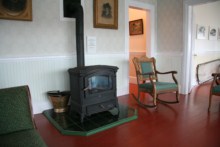
Many of the beautiful buildings you see perched on the rocky slopes are available for rent. You can take a room for the night, and book a meeting room upstairs in the Salmon Store. Imagine staying in one of these homes with their polished wooden floors, comfortable chairs, and a cosy heat coming from the woodstove in the kitchen or the heater in the parlour. Out across the bay you might see a boat’s wake reflecting the setting sun. Later you hike up the wooden stairs to snooze down in a lovely antique bed. Now that’s comfort for anyone, and a lot of nostalgia for some. For breakfast you can cook in the kitchen or go down to the dining hall for a fantastic home cooked meal, some cooked in the traditional way.
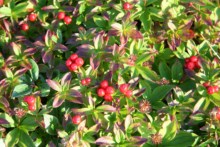
Take the trail up over the hill. Along the path you may see the famous orange-yellow cloudberry or bakeapple. This is one berry that is raved about across the province and is made into jams and other preserves that command a quality price. You’ll probably find the jam offered at breakfast in the dining hall. You may find the purplish black crowberry which was added to boiled puddings here in Battle Harbour. The reddish-orange berries are likely the crackerberry or the Swedish bunchberry.
If you can go, you will not regret the time it takes to get to Battle Harbour.
Happy RVing !
For more than four decades James Stoness has travelled the roads of North America, photographing and writing about what he has seen. His travel articles and beautiful pictures have been published in several magazines and newspapers. He is also the author of five western novels. Visit his website at: www.stonesstravelguides.com
